GXT 255+ Onyx Professionelles Mikrofon mit Arm
Professionelles studiotaugliches Mikrofon mit Arm; professionelle Tonqualität und ordentliches Aussehen
* Empfohlener Verkaufspreis (inkl. MwSt.), vom Hersteller festgelegt. Der tatsächliche Verkaufspreis kann je nach Einzelhändler variieren. Die Produkte auf dieser Website sind nicht für den direkten Kauf über Trust verfügbar.


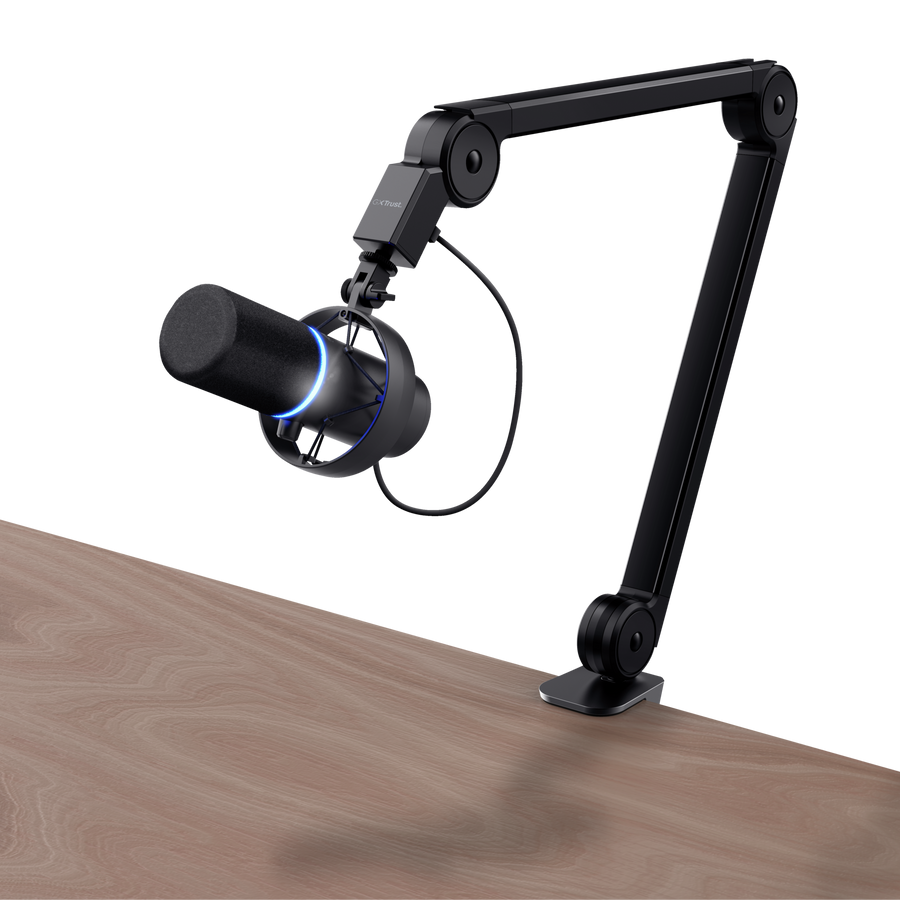
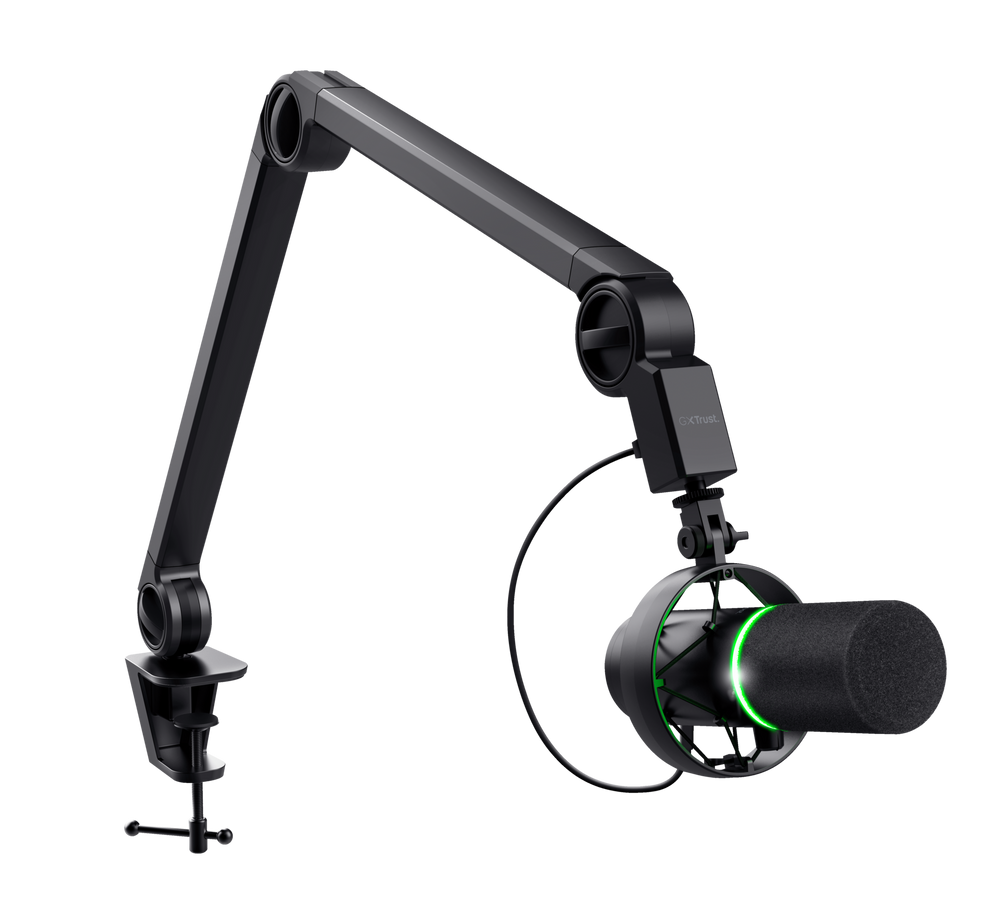
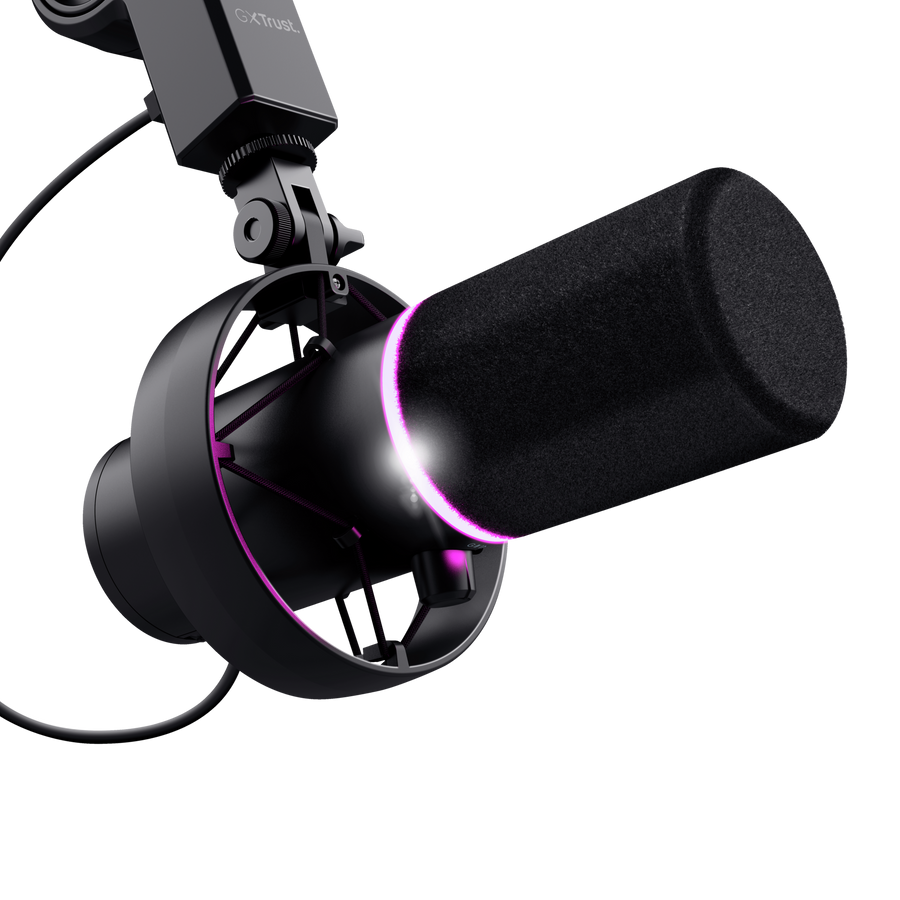
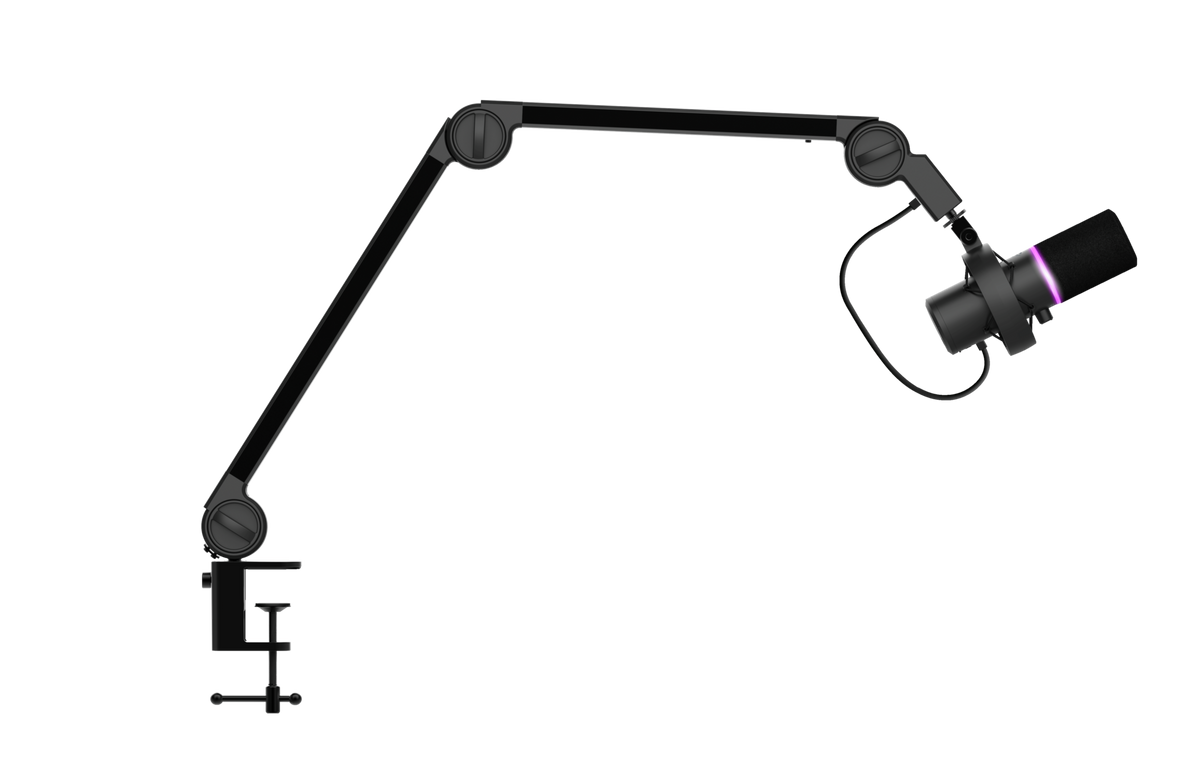
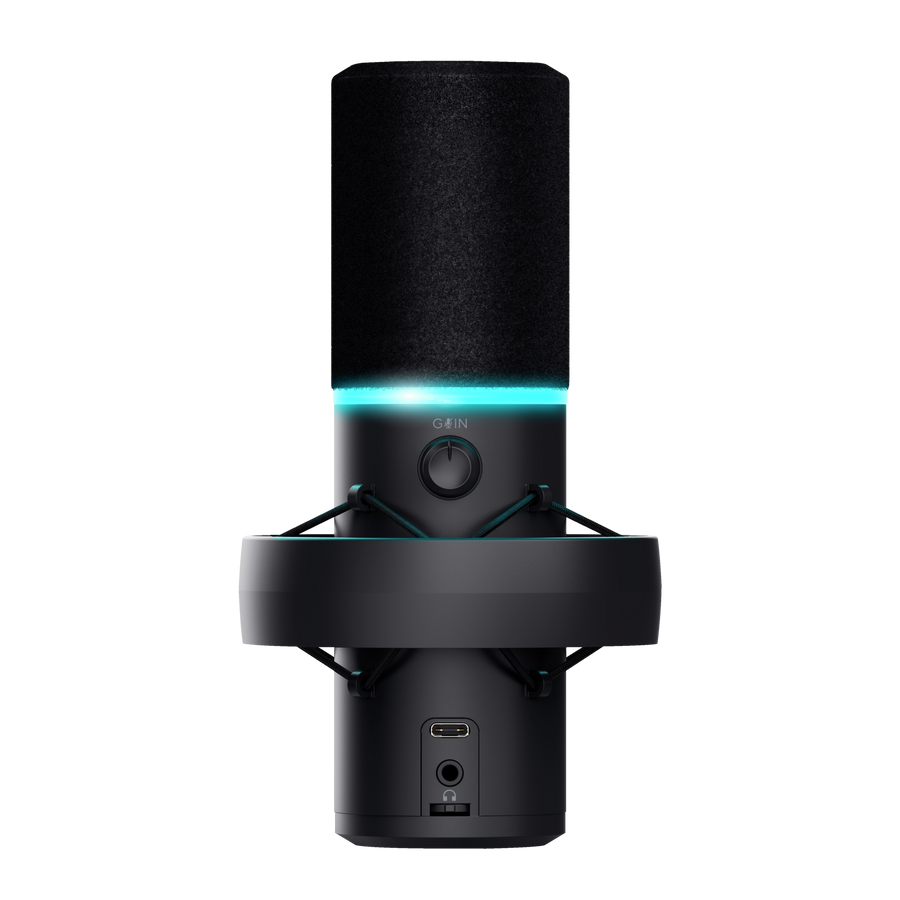
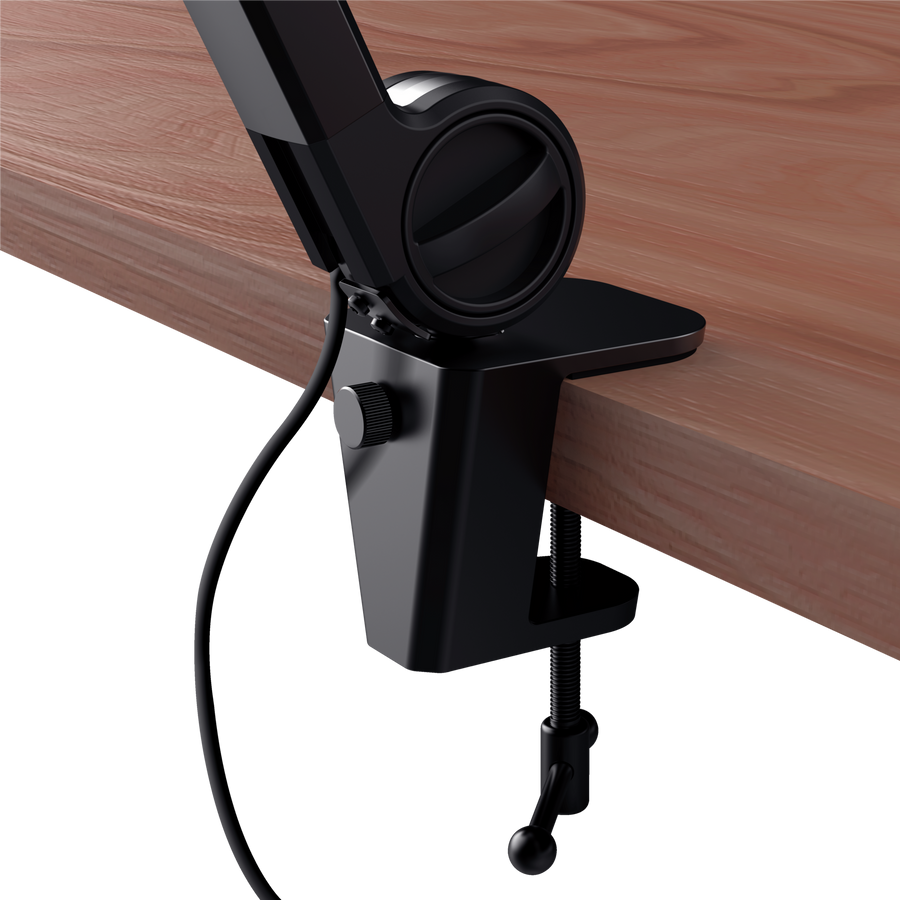
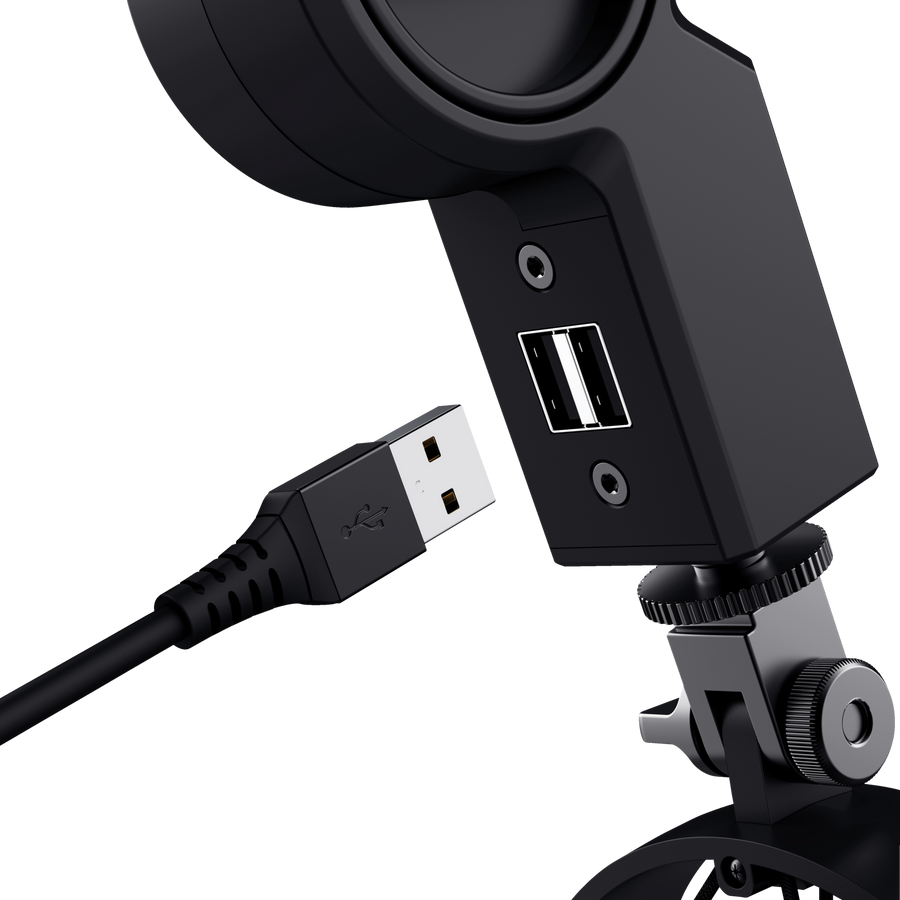

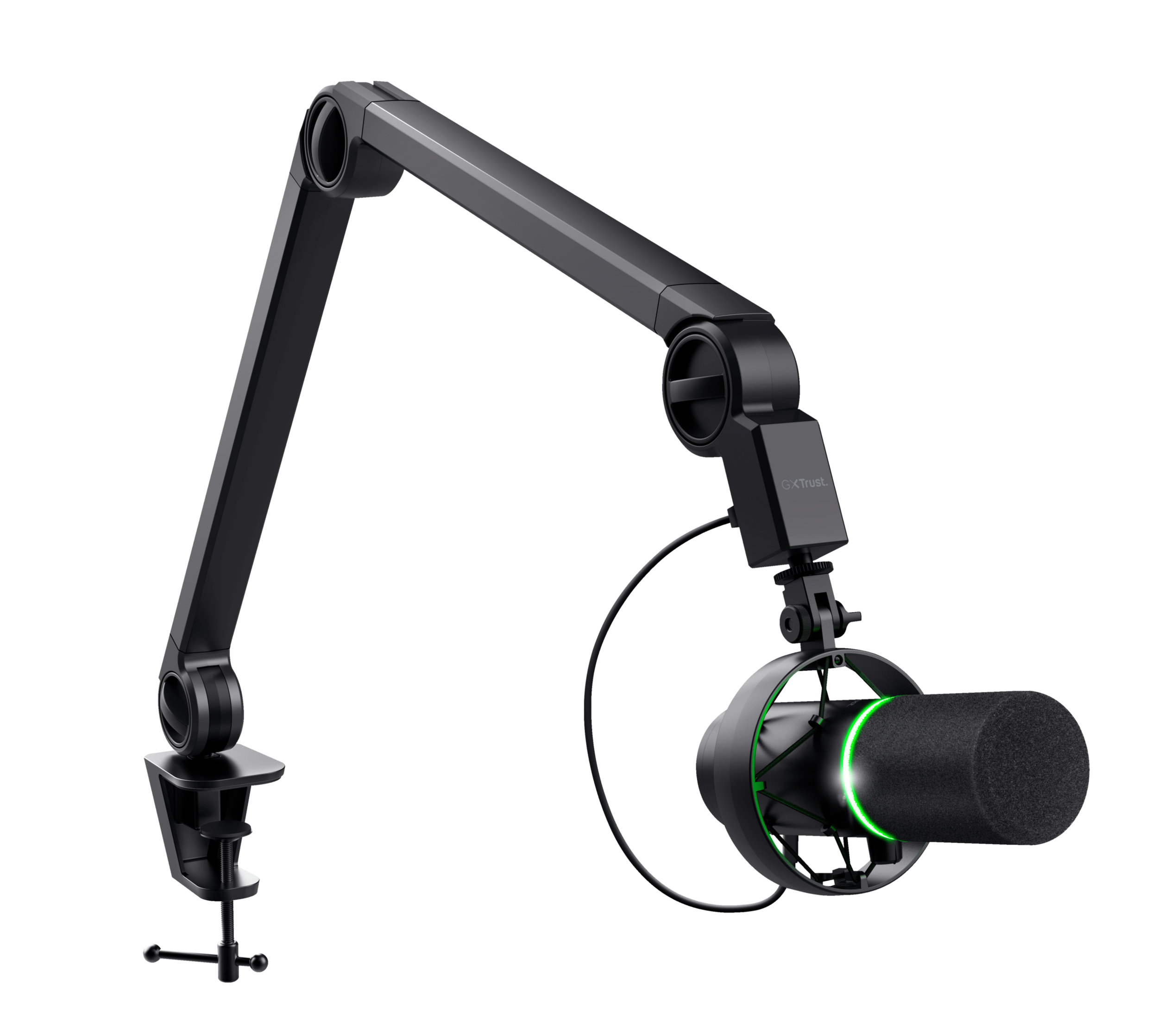





/Media/Images/Highlights/prdhigh_24354-i1.png)
/Media/Images/Highlights/prdhigh_24354-i2.png)
/Media/Images/Highlights/prdhigh_24354-i3.png)
/Media/Images/Highlights/prdhigh_24354-i4.png)
/Media/Images/Highlights/prdhigh_24354-i5.png)